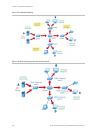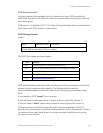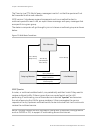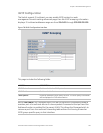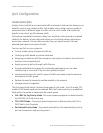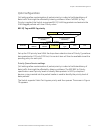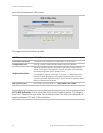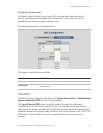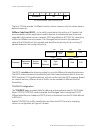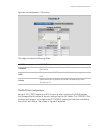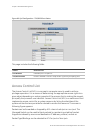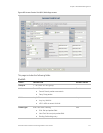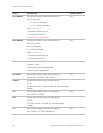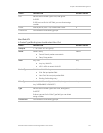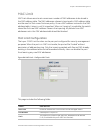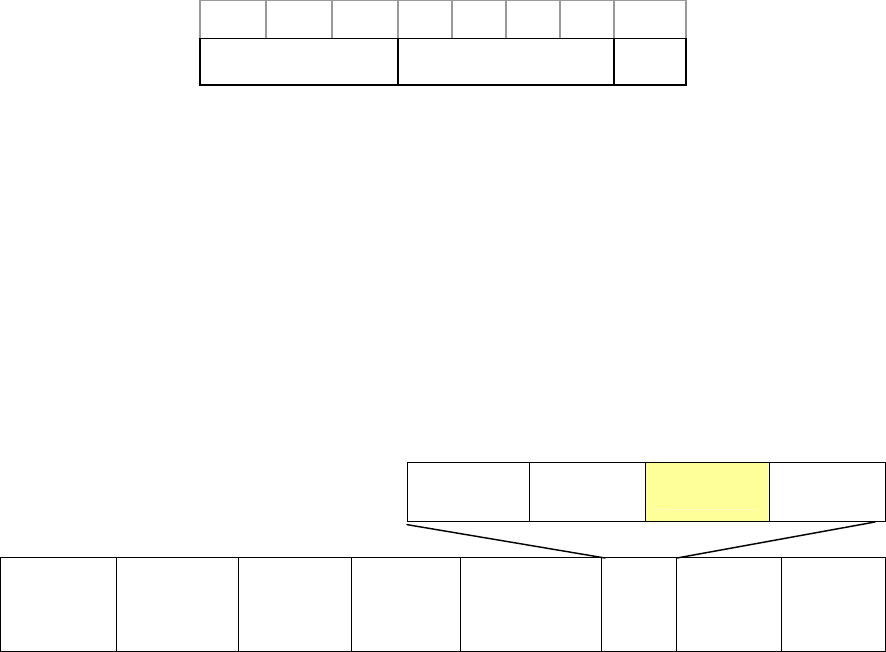
Chapter 4: Web-Based Management
114 GE-DS-82 and 82-PoE Ethernet Managed Switch User Manual
0 1 2 3 4 5 6 7
Precedence TOS MBZ
Pv4 Packet Header Type of Service Octet
The four TOS bits provide 15 different priority values, however only five values have a
defined meaning.
DiffServ Code Point (DSCP) - is the traffic prioritization bits within an IP header that
are encoded by certain applications and/or devices to indicate the level of service
required by the packet across a network. DSCP are defined in RFC2597 for classifying
traffic into different service classes. The Managed Switch extracts the codepoint
value of the DS field from IPv4 packets and identifies the priority of the incoming IP
packets based on the configured priority.
4 bit 4 bit 6 bit 2 bit
VER=0100
Header
Size
DiffServ
RES
Preamble
Destination
Address
Source
Address
VLAN
TAG
(Optional)
Ethernet
Type
(0800)
Data FCS
6 bytes 6 bytes 4 bytes 2 bytes 2 bytes 46-1517 bytes 4 bytes
The DSCP is six bits wide, allowing coding for up to 64 different forwarding behaviors.
The DSCP retains backward compatibility with the three precedence bits so that non-
DSCP compliant, TOS-enabled devices, will not conflict with the DSCP mapping. Based
on network policies, different kinds of traffic can be marked for different kinds of
forwarding.
TOS/DSCP Configuration
The TOS/DSCP page provides fields for defining output queue to specific DSCP fields.
When TCP/IP's TOS/DSCP mode is applied, the Managed Switch recognizes TCP/IP
Differentiated Service Codepoint (DSCP) priority information from the DS-field defined
in RFC2474.
Enable TOS/DSCP for traffic classification and then the DSCP to priority mapping
column is configurable, as Figure 81 shows:



